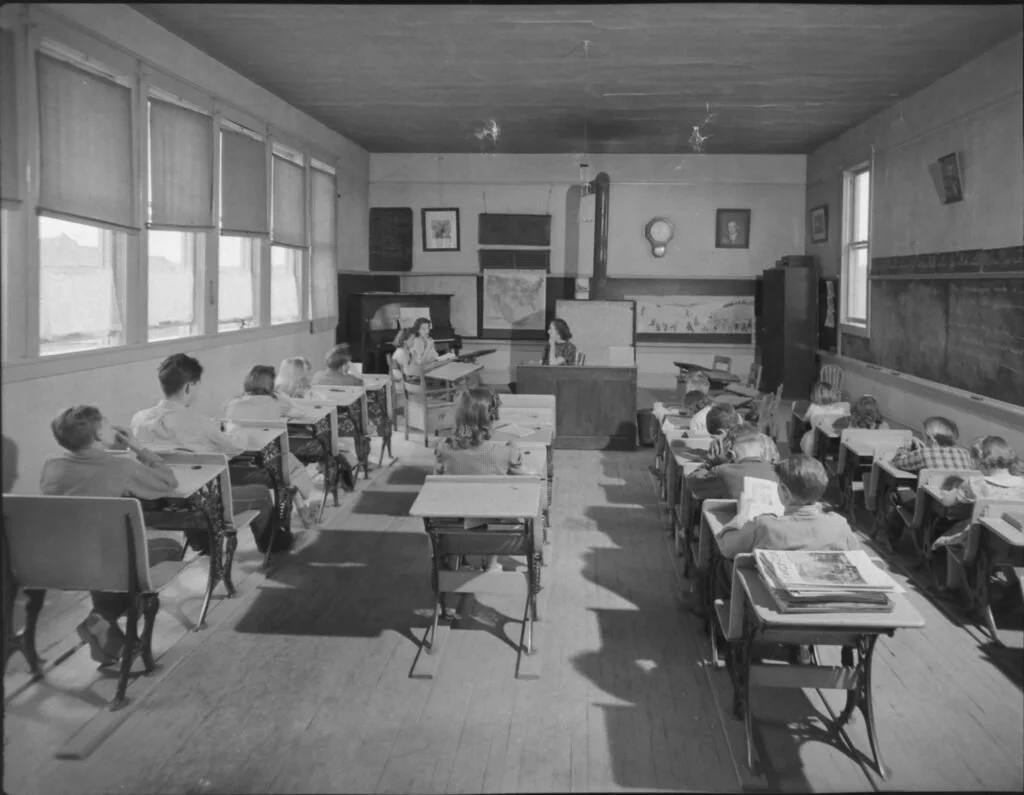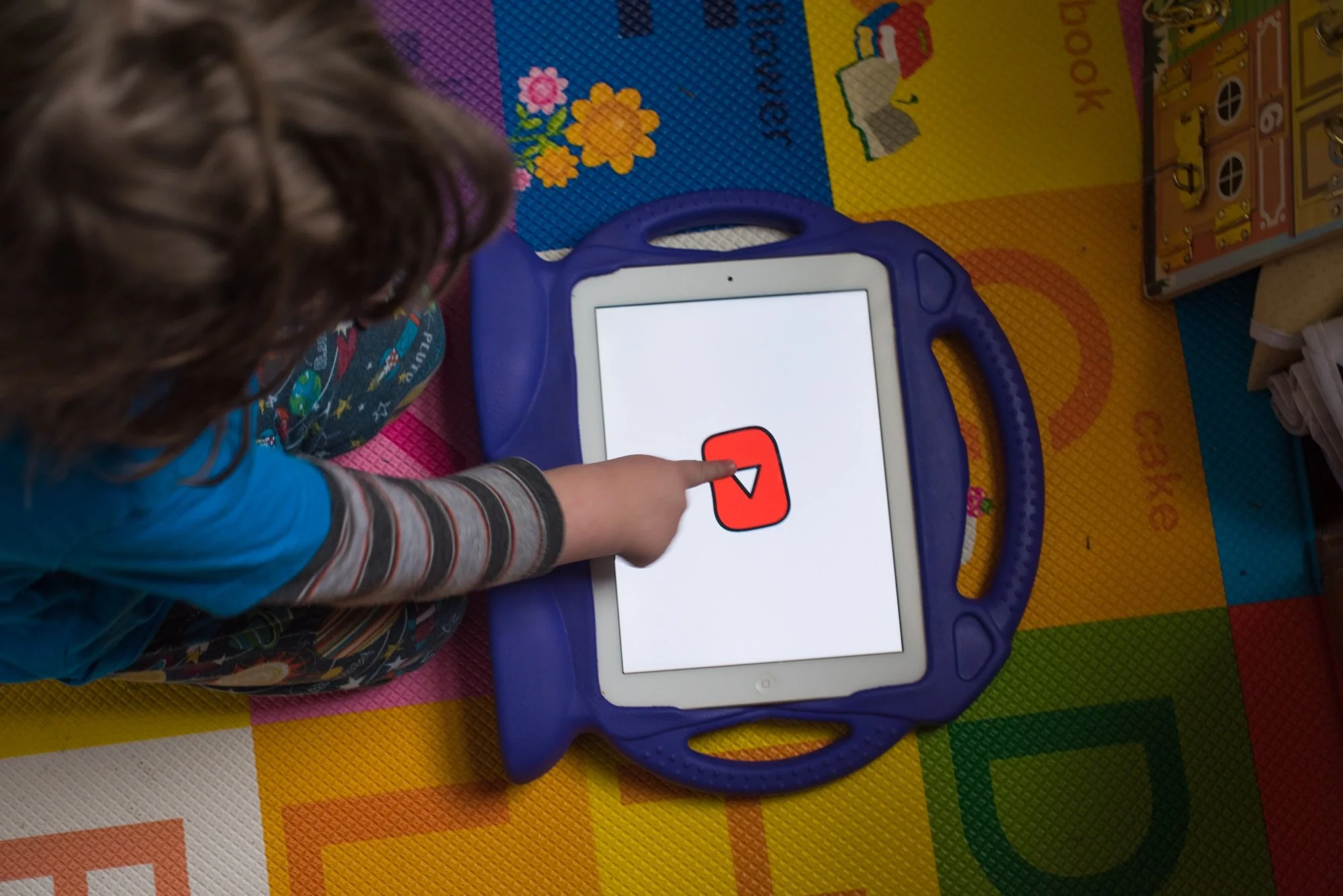The Evolution of Learning in the Digital Age
Let’s be honest—learning today looks nothing like it did even a decade ago. With the explosion of digital media, our approach to education has transformed in ways that even our grandparents couldn’t have imagined. Gone are the days when learning was confined to dusty textbooks, chalkboards, and dunce caps. Instead, we’re seeing a vibrant, dynamic shift towards digital platforms that make learning more accessible, engaging, and…dare I say it…fun! But how did we get here, and what exactly does "modern learning" entail?
The digital learning revolution didn’t happen overnight. It started back in the late 1990s when the internet began to shake things up. Even when MIT first offered free online courses in 2002, that was a huge game-changer for how we shifted our learning tactics. Fast forward to today, where platforms like Khan Academy and UDemy are household names: offering everyone (from middle schoolers to retired individuals) the chance to learn just about anything, anytime, anywhere. I’ve personally taken several courses on UDemy before, and the ability to learn from high-quality professors and teachers remotely is just amazing!
But it doesn’t stop there. These days, learning isn’t limited to formal courses. We’re absorbing knowledge in new ways—through YouTube channels like John and Hank Green’s "CrashCourse" that break down complex topics into digestible episodes, or even through TikTok, where a 60-second clip can teach you everything from the history of the Roman Empire, to how to manage your finances. Just check out the #LearnOnTikTok hashtag if you need proof—it has billions of views, and for a very good reason. Short-form educational content is the key in educating this new, technologically advanced generation.
“We need technology in every classroom and in every student and teacher’s hand, because it is the pen and paper of our time, and it is the lens through which we experience much of our world.”
–David Warlick
What’s really exciting is how interactive modern learning has become. No longer are we passive recipients of information. Tools like Quizlet and Duolingo turn studying into a game, making it easier to stick with and more fun to do, increasing motivation for students to actually do their homework. And then there are even virtual classrooms, where collaboration and discussion flow just as freely as in any physical classroom, if not more so. Virtual classrooms are able to give everyone an equal playing field, where even the most shy student will still have equal opportunities.
Looking ahead, it’s clear that the evolution of learning is far from over. The future promises even more innovation, with AI and VR leading the charge. Imagine using VR to walk through ancient Rome or having an AI tailor your study plan based on your strengths and weaknesses—sounds pretty cool, right? The key to thriving in this new landscape is staying curious and open to new ways of learning. After all, the only constant in life is change, and the world of education is no exception to this.


